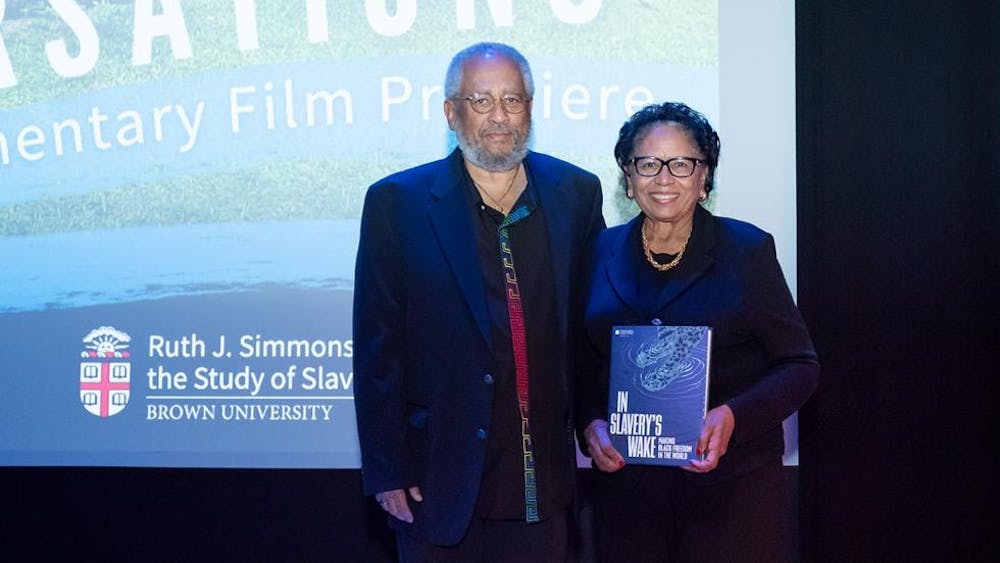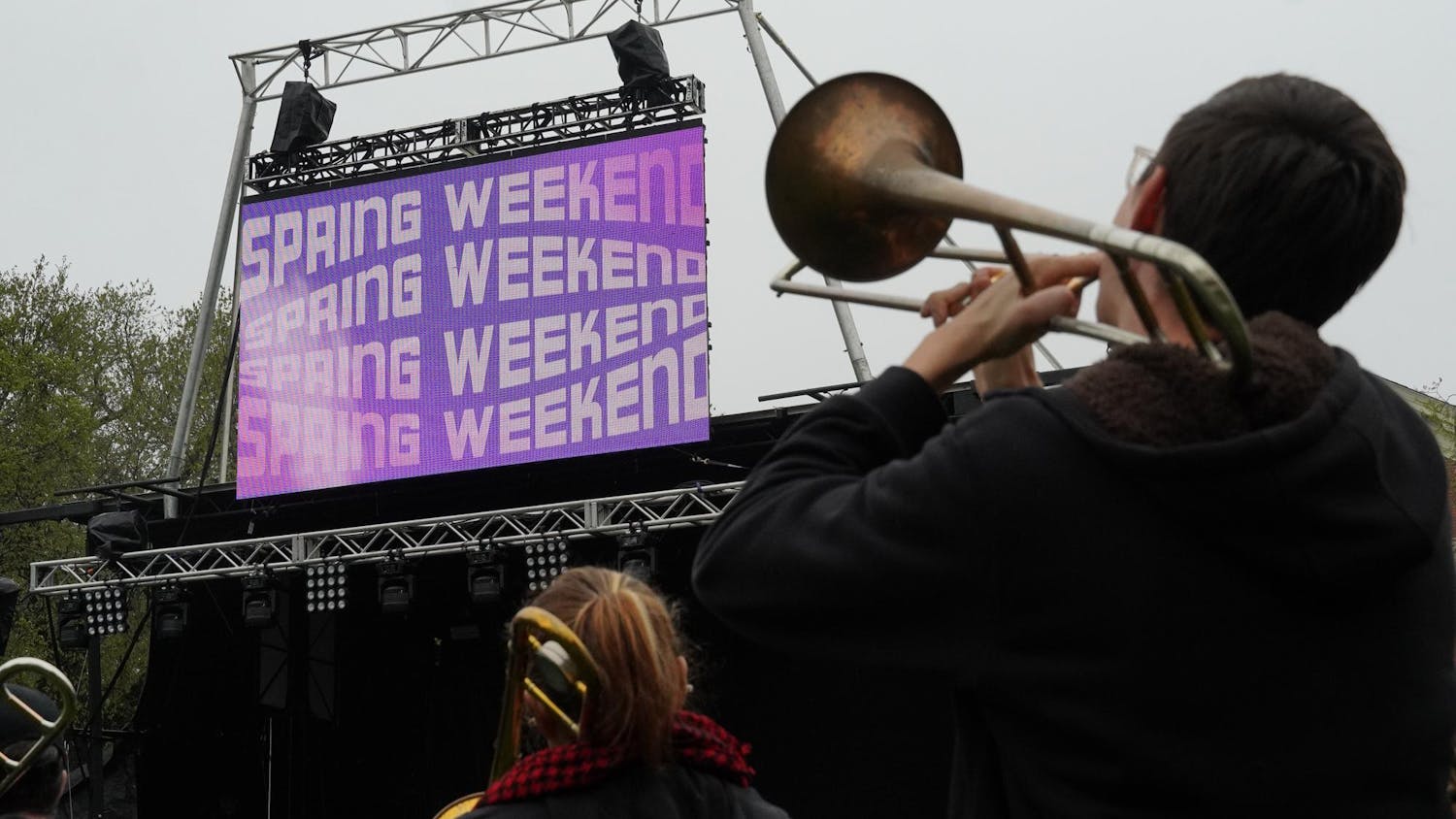The Ruth J. Simmons Center for the Study of Slavery and Justice collaborated with the Smithsonian Institution to create a new traveling exhibition that investigates the history of colonialism and slavery from a global perspective.
Titled “In Slavery’s Wake: Making Black Freedom in the World,” the exhibition opened at the National Museum of African American History and Culture in Washington, D.C. this past December. The exhibit will remain on display until June before traveling abroad.
With over 200 pieces hailing from nearly a dozen countries, the exhibition focuses on “the story of slavery and colonialism” within an international context, according to Paul Gardullo, the director of the Center for the Study of Global Slavery and co-director of “In Slavery’s Wake.”
The idea behind the exhibition was born out of a 2014 study conducted by the Simmons Center, which concluded that though racial slavery was a global phenomenon, it was “really only studied regionally or nationally,” explained Anthony Bogues, a professor of Africana Studies and director of the Simmons Center.
As a result, the Simmons Center hosted a series of meetings with institutions and curators from around the world to bridge geographical divides regarding research on slavery. Over the next four years, the exhibition will travel to each of these international institutions.
“There’s this really incredible, catalytic aspect of coming together and producing something that’s greater than any one individual could make,” Gardullo said.
Bogues noted these meetings sparked one of the Simmons Center’s primary contributions to the exhibition: a project titled “Unfinished Conversations.” This project included a series of direct interviews with individuals and communities from nine different countries who each face direct impacts and consequences from slavery. The exhibit includes a sampling of these recorded videos at different points throughout the display, sharing intergenerational stories.
Several undergraduate students at Brown helped review the oral histories and identify significant themes within them, said Bianca Pallo, the Global Curatorial Project archivist at the John Hay Library.
“The ‘Unfinished Conversations’ are a repository of oral history,” Bogues said. “For the first time, we are getting, from around the world, the voices of those persons and descendants … who were racialized and colonized.”
In addition to emphasizing transnationality, “In Slavery’s Wake” also seeks to highlight the resilience shown by enslaved people, Gardullo explained.
“We have instruments and materials that showcase the ways that the slave trade enacted itself violently on people,” Gardullo said. “But on the other hand, we’ve got tremendous objects and materials that highlight the resiliency of people who refused to be dehumanized.”
These materials include the documentation of new religions being formed, the story of a woman in Senegal establishing new villages to escape French colonialists and a collection box used to help fund the abolitionist movement in New England. The box was provided by the John Hay Library.
The John Carter Brown Library also provided several pieces for the exhibition, including one of the first accounts of a woman’s experience in the slave trade and a volume pertaining to Toussaint Louverture, the leader of the Haitian Revolution, according to Karin Wulf, the library’s director and professor of history.
Wulf said that the two items represent both the depth and the breadth of the JCB, and “how our collections document the atrocities and the inhumanity of the slave trade.”
Gardullo hopes the exhibition’s investigation of both the past and present will not end. Since the exhibition opened to the public one month ago, a series of open-ended questions included in the exhibition have received over 1000 written responses. These include questions such as “What does building freedom mean to you in the world?” and “How do the legacies of slavery and colonialism impact your life,” Gardullo explained.
“We really worked hard to create an exhibition that doesn’t just reach people intellectually, but also reaches them emotionally,” he said. “I hope they find their connection to this history and can tap into it as a way of thinking about making change in our own world.”





